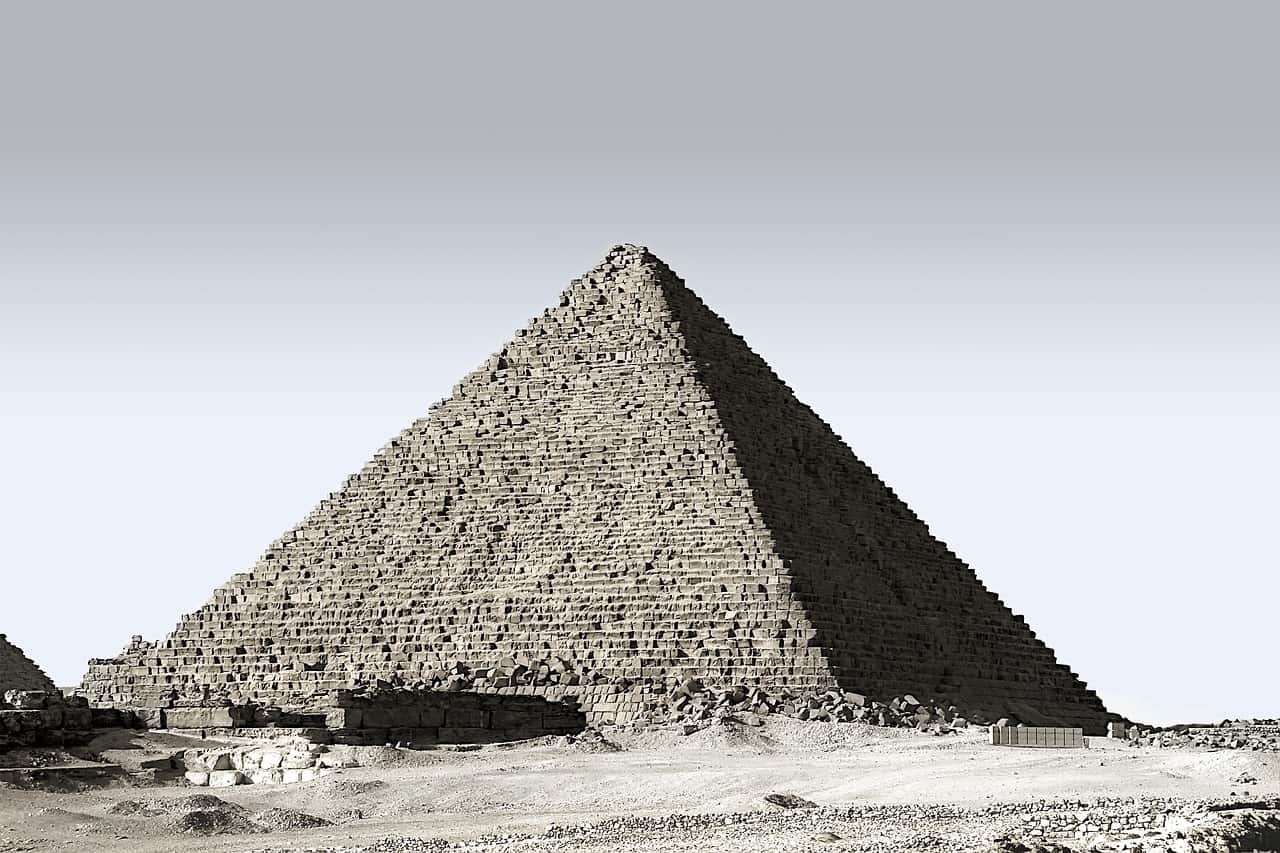In a groundbreaking discovery, a team of Italian researchers has unearthed evidence of a second underground “hidden city” beneath Egypt’s iconic Giza pyramids, a finding that could reshape our understanding of ancient civilizations. This remarkable archaeological breakthrough, located approximately 2,000 feet below the surface, suggests a vast subterranean complex connecting the Giza pyramids, hinting at a sophisticated network that may predate current historical timelines.
The discovery follows the team’s earlier claim of finding massive underground structures beneath the Khafre pyramid, which sparked intense debate among archaeologists. While mainstream experts, including renowned archaeologist Dr. Zahi Hawass, have dismissed these findings as implausible due to limitations in ground-penetrating radar technology, the Italian researchers stand by their claims. They argue that this newly discovered hidden city supports the existence of an advanced civilization, potentially lost to a cataclysmic event, as referenced in ancient Egyptian texts like Chapter 149 of the Book of the Dead.
This finding challenges the conventional belief that the Giza pyramids, estimated to be around 4,500 years old, were constructed solely by the ancient Egyptians. Instead, the researchers propose that the pyramids and their underground network could be as old as 38,000 years, surviving an extinction-level event that erased much of this ancient civilization. Such a claim, if verified, could revolutionize our understanding of human history and the origins of Egypt’s monumental structures.
The discovery has ignited both excitement and skepticism within the archaeological community. Critics argue that the claims lack peer-reviewed evidence, with some labeling them as speculative. However, the researchers’ use of advanced radar technology and their interpretation of ancient texts continue to fuel intrigue, drawing global attention to the Giza plateau.
This latest find adds to a string of recent archaeological breakthroughs in Egypt, including the discovery of a 3,400-year-old New Kingdom settlement and the tomb of Pharaoh Thutmose II. As excavations continue, the world watches closely to see if this hidden city will unlock new secrets about ancient Egypt’s past, potentially rewriting the history of one of humanity’s greatest wonders.
